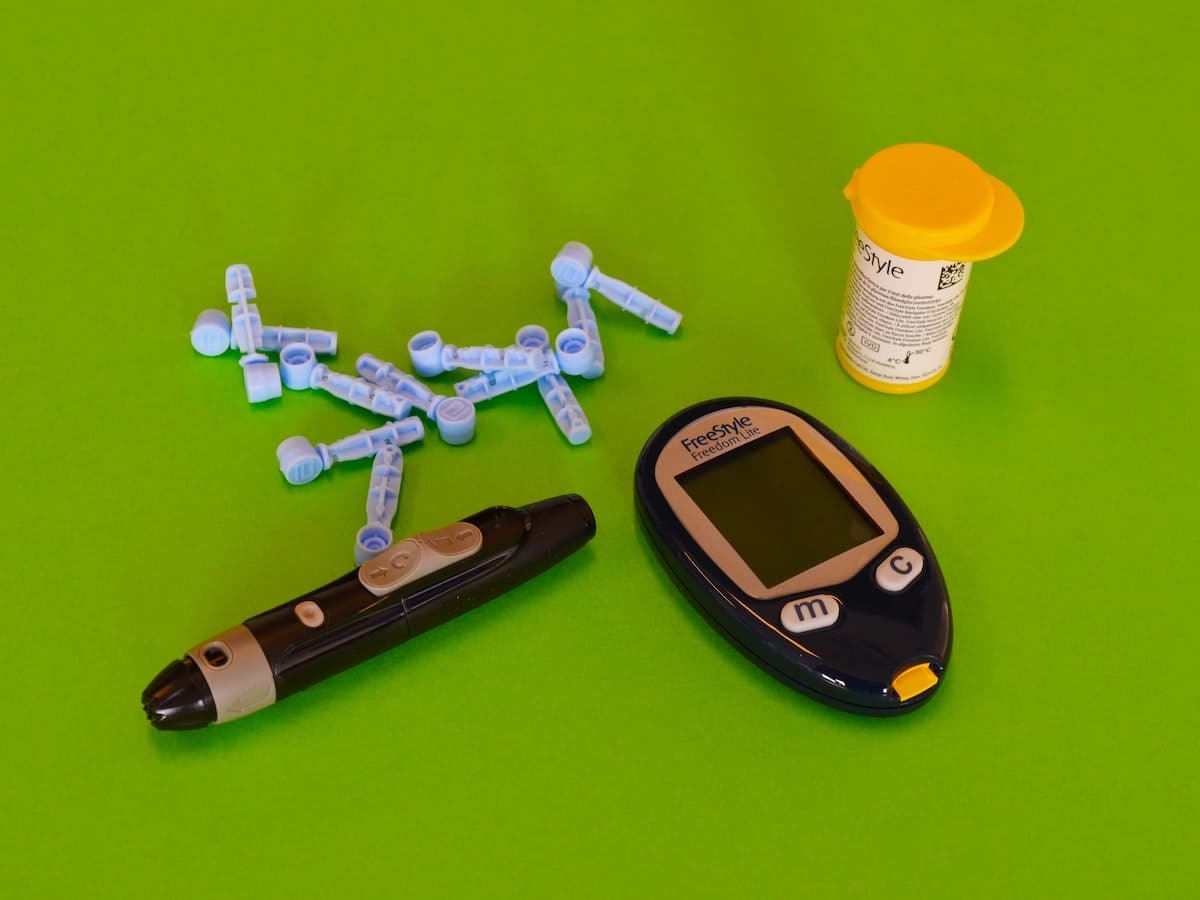Some diabetic people might benefit from using a continuous glucose monitoring device (CGM) to maintain their blood glucose levels from becoming too high or too low.
Patients with chronic conditions such as diabetes or high blood pressure may now check their state thanks to medical advancements. This enables them to contact their family doctor as soon as possible if necessary. The continuous glucose monitoring device is one example for some diabetic people (CGM).
A CGM is a device that has a tiny sensor that is adhered to the back of the arm with adhesive. Diabetes patients can use a CGM to monitor their blood glucose levels throughout the day. This knowledge enables individuals to make immediate, day-to-day adjustments to protect their blood glucose levels from being too high or too low. Adjustments might include modifications to their food habits and degree of activity.
Using a CGM is not appropriate for every diabetic. It’s also worth noting that this sort of monitor may not be covered by your health insurance. Some plans will only cover a CGM for patients who fulfill the insurance company’s specified standards. Your family doctor can advise you on the best way to check your blood sugar levels.
Mary (not her real name) is a patient at my clinic who sees a family doctor. Living with diabetes was difficult for her as an airline employee. Her hectic travel schedule made it difficult for her to control her diabetes as well as she would have liked. She had been on metformin for some time, but her A1C level remained high at 8.9%. This corresponds to a blood glucose level of 240 milligrams per deciliter (mg/dL). A normal A1C level is less than 5.7%. Fasting or pre-meal blood sugar levels should be less than 99 mg/dL. Mary was especially upset with attempting to fit in routine diabetic check-ups with her family doctor.
Mary’s family doctor suggested she test for a CGM. You have complete control over how frequently you use a CGM. One approach is to replace the CGM sensor every 14 days, with no pauses in between. Another approach is to use a CGM sensor solely for two weeks (14 days in a row) each month. This protects the skin on your arm from irritation. During the weeks when you are not using the CGM, your doctor may advise you to use a blood glucose monitor to check your blood sugar (fingerstick test). A CGM may be read via a smartphone, a computer, or a dedicated reader. If your doctor’s office has a patient portal, you may be able to electronically enter monthly CGM data into your medical record.
Mary opted to use a CGM to assess her blood glucose for two weeks every month after consulting with her doctor. The CGM data enabled her to make real-time modifications to her activity and nutritional choices. She used our clinic’s patient portal to send her monthly CGM data to her family doctor. Every month, her doctor examined the report. She then offered Mary the choice of arranging an in-person office visit, a telemedicine appointment, or a virtual visit via the patient portal (also called an e-visit). Mary was able to check in with her doctor every month at times that worked for her thanks to a combination of telemedicine and virtual visits.
These monthly blood glucose level checks improved Mary’s contact with her family doctor. They were able to work more successfully toward her diabetic health objectives. For example, they considered dietary adjustments and frequent exercise that might work with her travel schedule. Mary’s doctor also recommended a new once-weekly injectable medication. It’s intended to boost insulin production and reduce blood sugar levels. It can also help Mary lose weight by slowing her digestion and decreasing her appetite. This medication matches Mary’s lifestyle and contributes to her health goals.
Mary and her doctor are thrilled to observe an improvement in her diabetic health after four months of using a CGM 14 days per month and receiving regular feedback. She began the new injectable medication and has lost ten pounds. Her A1C is now 6.9%, corresponding to a blood sugar level of 168 mg/dL. Using a CGM, taking her medication on time, and increased contact with her doctor provided Mary with the confidence and support she needed to take control of her diabetes. For her routine diabetic check-ups, telemedicine and virtual visits have worked wonderfully. Mary’s doctor has also encouraged her to make an appointment for an annual eye exam, a foot exam, and lab work shortly.
Quick Hint
If you use a CGM, save your monthly reports in a file folder on your computer or smartphone. This will make it easier for you to discuss your most current report with your family doctor. You may be able to share CGM data with your healthcare team remotely if you have a suitable smartphone. Check with your doctor to find out.
Using Diabetes related technology may save you money on insurance premiums says Matt Schmidt with Diabetes 365. “Many people with type 1 diabetes, who use a CGM, may qualify for lower life insurance rates. Because life insurance for type 1 diabetics is much higher than non diabetics, these types of discounts can help a consumer save money over the life of the policy.”


